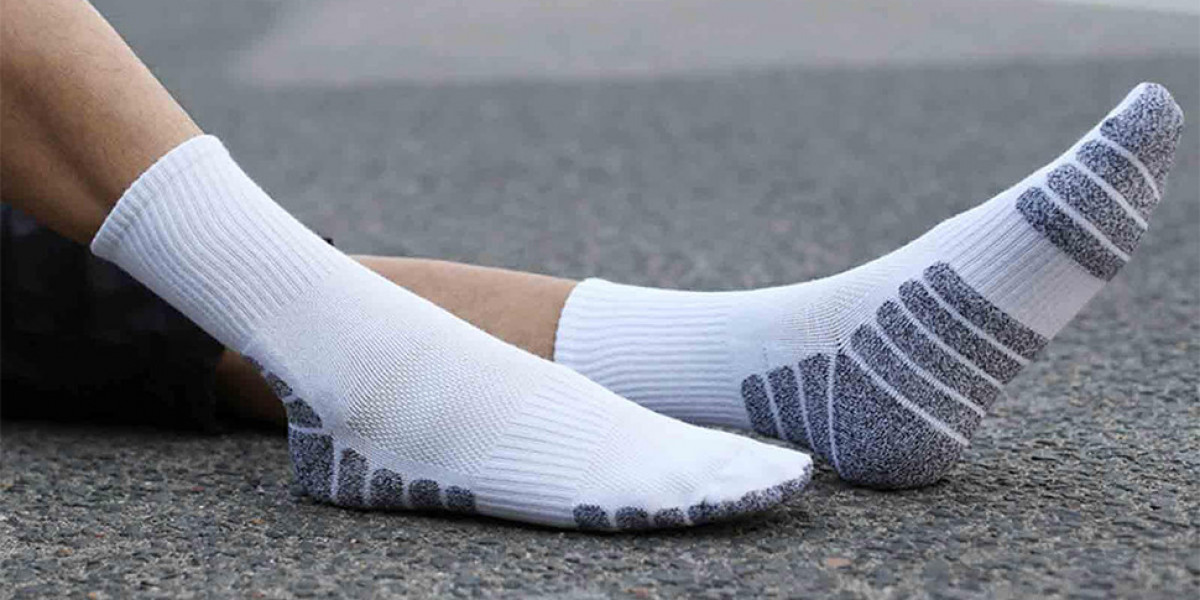Cooking delicate fish to perfection is an art form—and like any great artist, a chef needs the right tools. Enter the fish spatula: a uniquely designed kitchen utensil that stands out for its blend of precision, strength, and flexibility. Whether you’re searing salmon, flipping flounder, or delicately turning a filet of cod, this essential tool can make the difference between a flawless presentation and a crumbled mess. In this article, we’ll dive into what makes a fish spatula so special, the materials and designs to look for, and why every serious cook should have one in their kitchen arsenal.
What Is a Fish Spatula?
A fish spatula is a type of slotted spatula specifically designed for handling delicate food items—particularly fish. Unlike standard spatulas, it features a long, narrow, slightly curved blade that tapers off at the edge. This distinctive design allows it to slide effortlessly beneath fragile pieces of food without tearing them apart.
The blade is often made of stainless steel, making it strong enough to support weight, while remaining thin and flexible. One of the key benefits of a fish spatula is its slotted surface, which allows oils and liquids to drain away while flipping, giving you better control and a cleaner plate.
Precision in the Kitchen
Precision is critical in the kitchen, especially when cooking seafood. Fish tends to be tender and flaky when properly cooked, which can make it challenging to handle. A traditional spatula might be too thick, too stiff, or too short, making it easy to damage the fish.
That’s where the fish spatula excels. Its thin, angled blade can slide under food with minimal disruption. This makes it especially useful when cooking in nonstick pans, cast iron skillets, or on the grill, where gentle handling is essential.
Chefs often praise the spatula for its ability to turn items with surgeon-like accuracy. Whether you're maneuvering a delicate fillet or flipping a scallop, this tool gives you the confidence to cook with finesse.
Built for Strength
Despite its slim profile, the fish spatula is built to last. High-quality models use durable materials such as stainless steel for the blade and riveted wood or reinforced plastic for the handle. This combination ensures the spatula is strong enough to lift heavier foods, like a thick salmon steak, without bending or breaking.
The slight flexibility in the blade adds to its functionality. It’s stiff enough to hold shape under pressure, yet flexible enough to adjust to the contours of a pan or the curves of a fillet. This dual nature—strength with a touch of give—is what makes the fish spatula an irreplaceable tool in many professional kitchens.
More Than Just Fish
Despite its name, a fish spatula is far from a one-trick pony. Its versatile design makes it perfect for a wide range of culinary tasks. You can use it for flipping pancakes, lifting roasted vegetables, serving lasagna, or even transferring cookies from a baking tray.
Its slotted blade helps reduce sticking, and the precision tip makes it ideal for turning delicate items like crepes or omelets. Once you start using one, it might become your go-to spatula for everything—fish or otherwise.
Home cooks and professionals alike appreciate the multi-functionality of this tool. It’s not uncommon for chefs to reach for their fish spatula first, even when fish isn’t on the menu.
Choosing the Right Fish Spatula
When shopping for a fish spatula, there are a few key features to look for:
Material: Stainless steel is the gold standard for the blade. It resists rust, maintains its edge, and is easy to clean. For the handle, wood offers comfort and a traditional look, while high-quality plastic or silicone can be more durable and dishwasher-safe.
Blade Flexibility: Test how the blade bends. You want some flex, but not so much that it feels flimsy.
Handle Design: Look for an ergonomic grip. A slightly curved or angled handle can improve comfort and control during long cooking sessions.
Slotted Design: Make sure the slots are wide enough to allow oils and liquids to drain, but not so large that small items slip through.
Investing in a quality fish spatula can elevate your cooking game. It may cost more than a basic kitchen spatula, but its performance and longevity make it well worth the price.
Caring for Your Spatula
To keep your fish spatula in top condition, follow proper care and maintenance. If your spatula has a wooden handle, handwashing is recommended to prevent warping or cracking. Stainless steel blades should be dried thoroughly to prevent water spots or potential rusting over time.
Avoid using metal spatulas in nonstick cookware unless they’re specifically designed to be safe for such surfaces. In that case, opt for a silicone-coated version to protect your pans.
With proper care, your fish spatula will serve you well for years—standing up to everything from high-heat searing to delicate plating.
Conclusion
A fish spatula is much more than a niche kitchen gadget—it’s a precision instrument crafted for delicate, yet powerful tasks. With its unique combination of flexibility, strength, and control, it brings both form and function to your cooking routine.
Whether you’re a home cook experimenting with seafood or a seasoned chef crafting high-end cuisine, the right spatula can change the way you approach the pan. From the perfect flip to the gentle transfer, the fish spatula earns its keep in the kitchen—time and time again.









